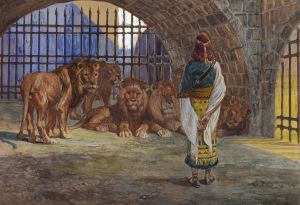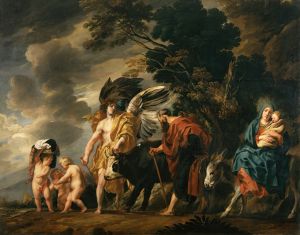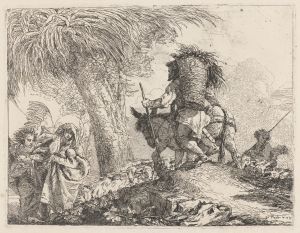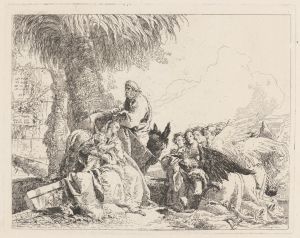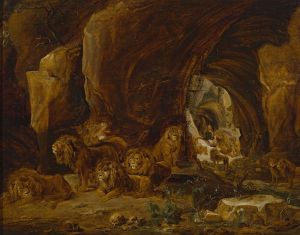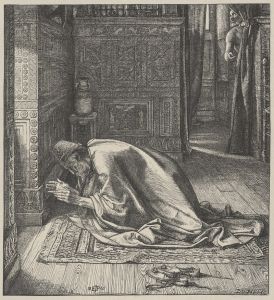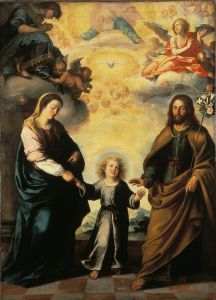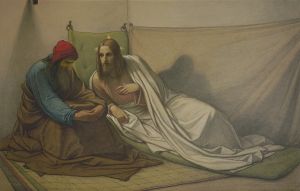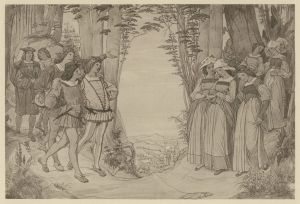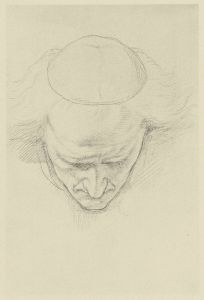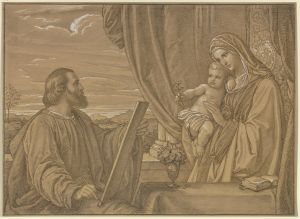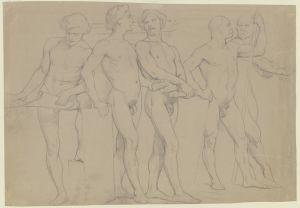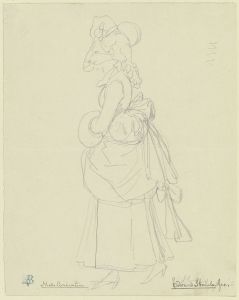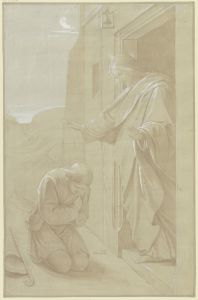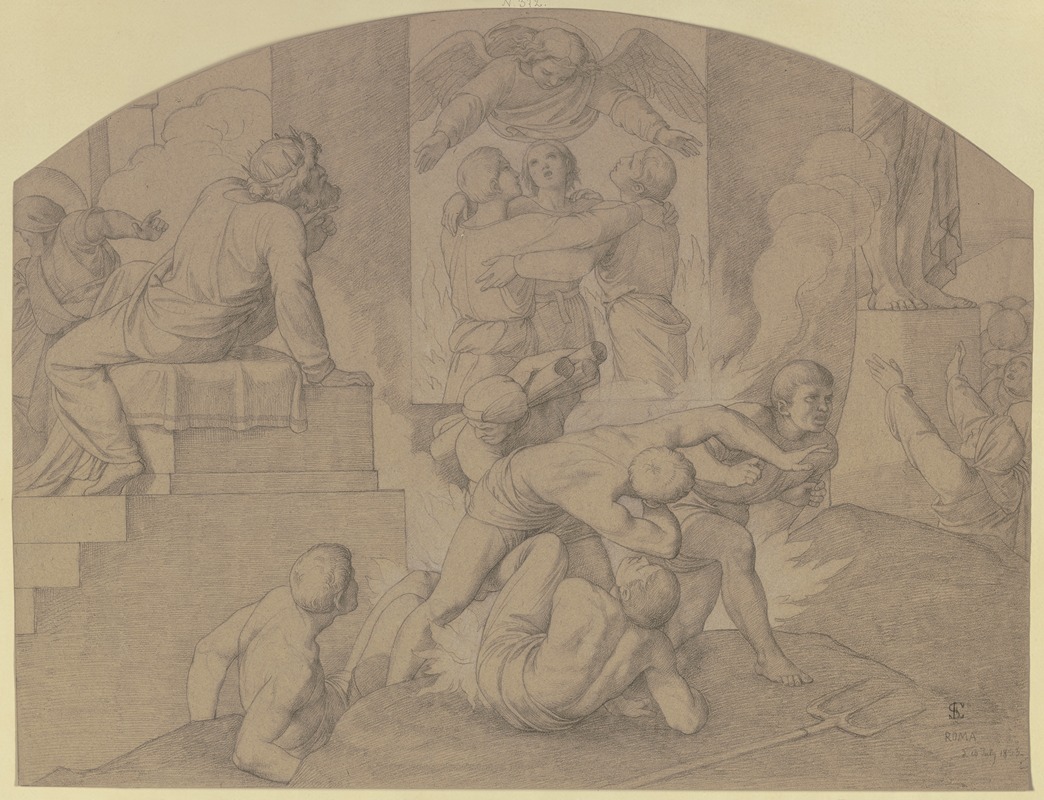
Die drei Männer im Feuerofen
A hand-painted replica of Eduard von Steinle’s masterpiece Die drei Männer im Feuerofen, meticulously crafted by professional artists to capture the true essence of the original. Each piece is created with museum-quality canvas and rare mineral pigments, carefully painted by experienced artists with delicate brushstrokes and rich, layered colors to perfectly recreate the texture of the original artwork. Unlike machine-printed reproductions, this hand-painted version brings the painting to life, infused with the artist’s emotions and skill in every stroke. Whether for personal collection or home decoration, it instantly elevates the artistic atmosphere of any space.
Eduard von Steinle was a notable German painter of the 19th century, recognized for his contributions to the Nazarene movement, which sought to revive honesty and spirituality in Christian art. One of his significant works is "Die drei Männer im Feuerofen" (The Three Men in the Fiery Furnace), which depicts a biblical scene from the Book of Daniel.
The painting illustrates the story of Shadrach, Meshach, and Abednego, three Jewish men who were thrown into a blazing furnace by King Nebuchadnezzar II of Babylon. This punishment was meted out because they refused to bow down to the king's golden statue, remaining steadfast in their faith in God. According to the biblical narrative, the three men were miraculously unharmed by the fire, and a fourth figure, described as looking like "a son of the gods," appeared with them in the furnace, protecting them from harm.
Steinle's rendition of this scene is notable for its dramatic use of light and shadow, which emphasizes the miraculous nature of the event. The artist's attention to detail and his ability to convey the intense emotions of the figures involved are characteristic of his style. The painting captures the moment of divine intervention, with the three men standing resolutely in the midst of the flames, their expressions a mixture of awe and serenity. The fourth figure, often interpreted as an angel or a pre-incarnate Christ, is depicted with a calm and protective demeanor, reinforcing the theme of divine salvation.
Eduard von Steinle was born on July 2, 1810, in Vienna, Austria, and he became one of the leading figures of the Nazarene movement. The Nazarenes were a group of early 19th-century German Romantic painters who aimed to revive the spirituality and honesty of medieval and early Renaissance art. They were inspired by the works of artists such as Albrecht Dürer and Fra Angelico and sought to create art that was both religiously devout and artistically pure.
Steinle's education and career were deeply influenced by his association with the Nazarenes. He studied at the Academy of Fine Arts in Vienna and later moved to Rome, where he joined the Nazarene circle. His works often featured religious themes, and he was known for his frescoes and altarpieces in churches across Germany and Austria.
"Die drei Männer im Feuerofen" is a testament to Steinle's skill in combining religious narrative with artistic expression. The painting not only tells a story of faith and divine intervention but also reflects the artist's commitment to the ideals of the Nazarene movement. Steinle's use of color, composition, and light serves to draw the viewer into the scene, creating a powerful visual experience that underscores the miraculous nature of the event.
Eduard von Steinle continued to produce religious art throughout his career, and his works remain significant examples of 19th-century German religious painting. He passed away on September 19, 1886, in Frankfurt am Main, Germany, leaving behind a legacy of devotion to both his faith and his art.





